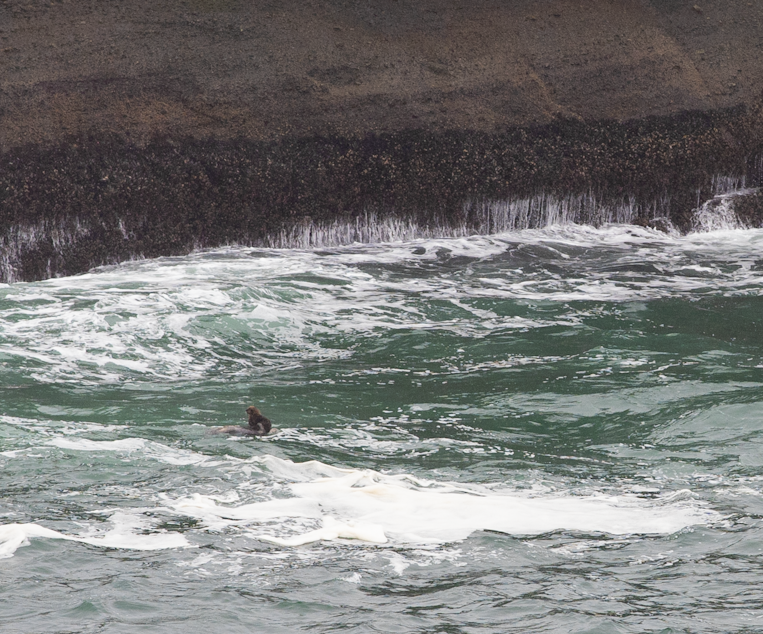Nuclear sea otters: A wildlife refugee story

Fifty years later, we checked in on a rescue mission to save sea otters from nuclear annihilation and recolonize them along the west coast of North America.
This unique wildlife story starts with a nuclear explosion — literally. During the late 1960s and early 1970s, three atomic weapons were tested on Amchitka Island in a remote part of Alaska. The warheads were buried 6,000 feet underground. The largest of the tests was 25 megatons, which is 200 times the size of the bomb that was dropped on Nagaski.
The blast registered a 7.0 on the Richter scale. Cliffsides collapsed into the ocean. The military labeled the tests a great success. But not for the wildlife — over 10,000 fish were killed in the island’s lakes, streams, and ponds.
But thanks to a little imagination, right before the nuclear test, a last minute program was deployed to capture and save some of the sea otters. Several hundred of the sea otters were quickly relocated out of harm’s way to the north pacific coast of Washington state and Oregon.

Now, over 50 years later, biologists are trying to figure out what is the fallout from this storied otter translocation. Has the nuclear otter evacuation from 50 years ago been a success? And what are the ecological ripple effects?
Sponsored
This is a story of second chances for an impossibly adorable sea creature, and how their mere presence can support countless other species, and even help save us from climate change.
You can learn more by watching the documentary films in the links below:
THE WILD is a production of KUOW in Seattle in partnership with Chris Morgan Wildlife and Wildlife Media. It is produced by Matt Martin and edited by Jim Gates. It is hosted, produced and written by Chris Morgan. Fact checking by Apryle Craig. Our theme music is by Michael Parker.
Follow us on Instagram (@thewildpod) for more adventures and behind the scenes action!





